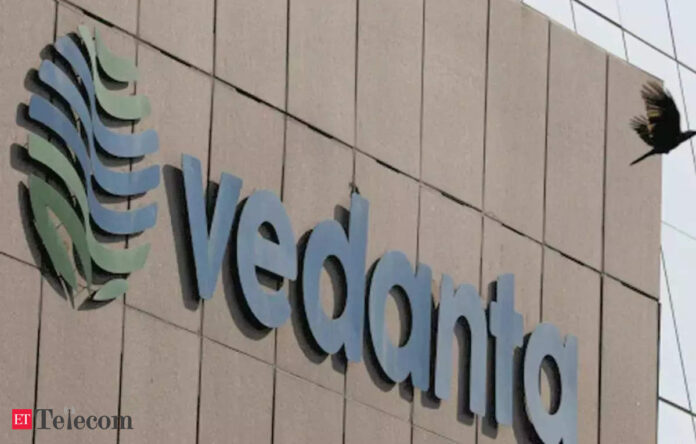In Short:
The Indian government plans to reduce the weightage of local value addition for IT hardware components in procurement, which has raised concerns in the industry. This change aims to combat over-invoicing, but may hinder many suppliers from qualifying for tenders due to stricter local content calculations. Industry leaders worry this approach will disadvantage companies with higher local value addition, making participation in government contracts more difficult.
New Delhi: The government has put forth a proposal to significantly reduce the weightage attributed to local value addition for specific components when it comes to procuring IT hardware. This move has triggered concerns within the industry, as it may complicate participation in state tenders for many players.
Details of the Proposal
As per feedback from the team overseeing the production-linked incentive (PLI) schemes, the government intends to adjust the local value addition weights on items acquired domestically under the Public Procurement Preference to Make in India (PPP-MII) order. This change aims to mitigate potential instances of over-invoicing.
Within the updated local value addition framework for desktops and laptops, the weightage for printed circuit board assemblies (PCBA) has been drastically reduced from 45-52% to just 5%. Additionally, suppliers who procure bare printed circuit boards can add an extra 5% to the weightage. Similar reductions have been proposed for other components, including memory, storage, and batteries.
Implications for the IT Hardware Sector
An executive from a leading IT hardware company expressed his concerns, stating, “Previously, when we assembled the motherboard locally, including processor mounting, both the cost of the motherboard and processor were counted toward local value addition. We were also sourcing memory, storage, and chassis domestically, allowing us to fulfill the 50% local content requirement for government tenders.”
Statistics from IDC reveal that government procurement under the Preferential Market Access (PMA) policy, especially large tenders from state-controlled sectors like education, accounts for approximately 28-30% of all desktop sales, 55-80% of tablet sales, and 12-14% of notebook sales.
Under the PPP-MII order, suppliers participating in government procurement tenders are categorized into Class I (with 50% local content) and Class II (with a minimum of 20% local content). The calculation for local content is derived from the total value of the product that is added locally, as opposed to what is imported.
Proposed Changes to the Calculation Mechanism
The government’s latest proposal looks to revise this mechanism by linking it to the PLI scheme, where actual value addition percentages are determined based on the weightage of items in the bill of materials (BoM). Furthermore, a ceiling limit is proposed for items listed in the BoM, with an aim to promote genuine value addition and restrict over-invoicing. Local value add weightage will also be applied to products designed in India with intellectual property registered domestically.
Industry representatives have raised alarms that these changes will hinder their ability to meet local value addition criteria necessary for government tenders. ET has reviewed a copy of the proposed alterations, which arise as the government has notably intensified IT hardware procurement over the past six quarters, releasing substantial tenders for distribution to various ministries, departments, and government-owned organizations.
Challenges for Class I Suppliers
Executives from the industry have communicated to ET that the revised local value addition calculations diminish any competitive advantage for suppliers that strive for higher localization compared to those who merely meet the 20% localization requirement. An industry insider remarked, “Both Class I and Class II compliant suppliers can contend for tenders, but those providing lower local value addition have the flexibility to bid at reduced prices, compelling us to match their prices despite our higher value addition efforts.”
Another executive highlighted that the government may have acted prematurely by enforcing stricter local value addition requirements in the absence of a developed component ecosystem. “Some companies find it more advantageous to remain Class II suppliers, ultimately undermining the government’s goal of boosting localization,” the executive concluded.





